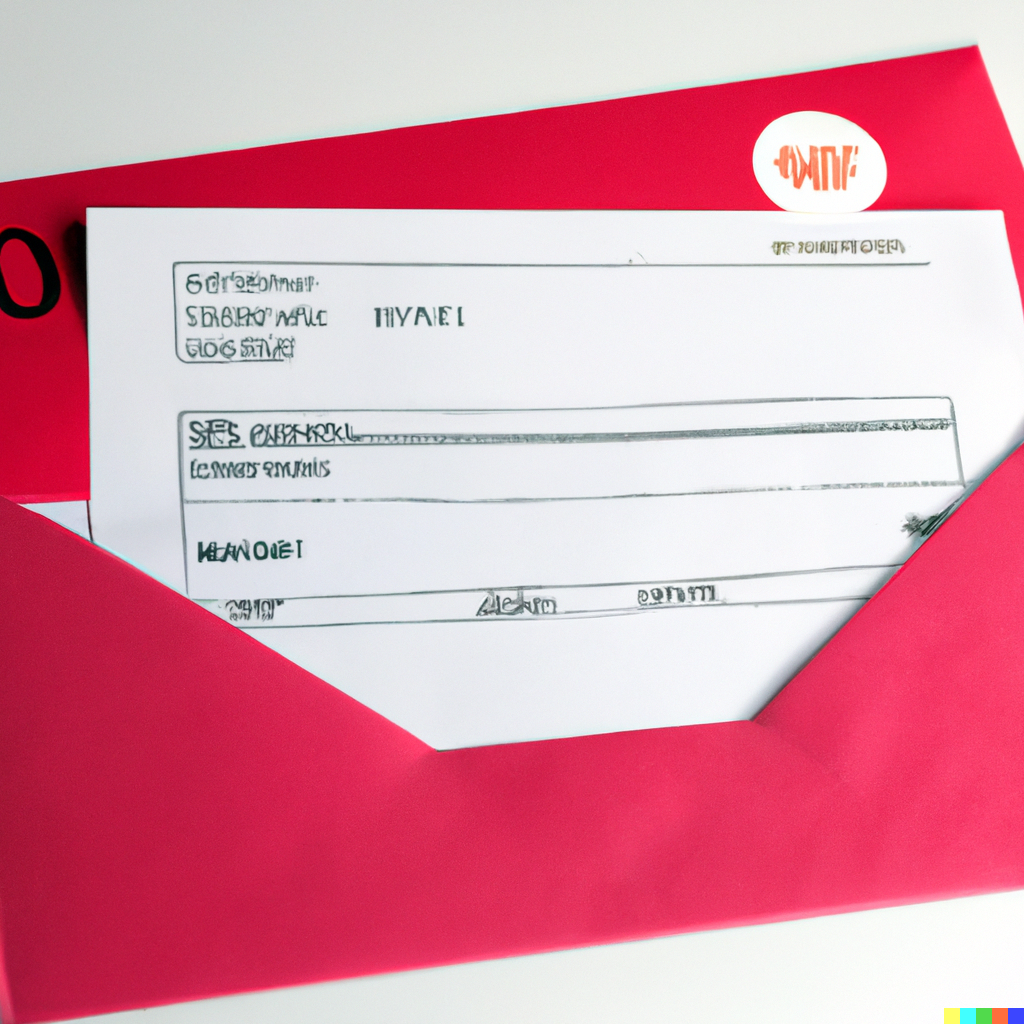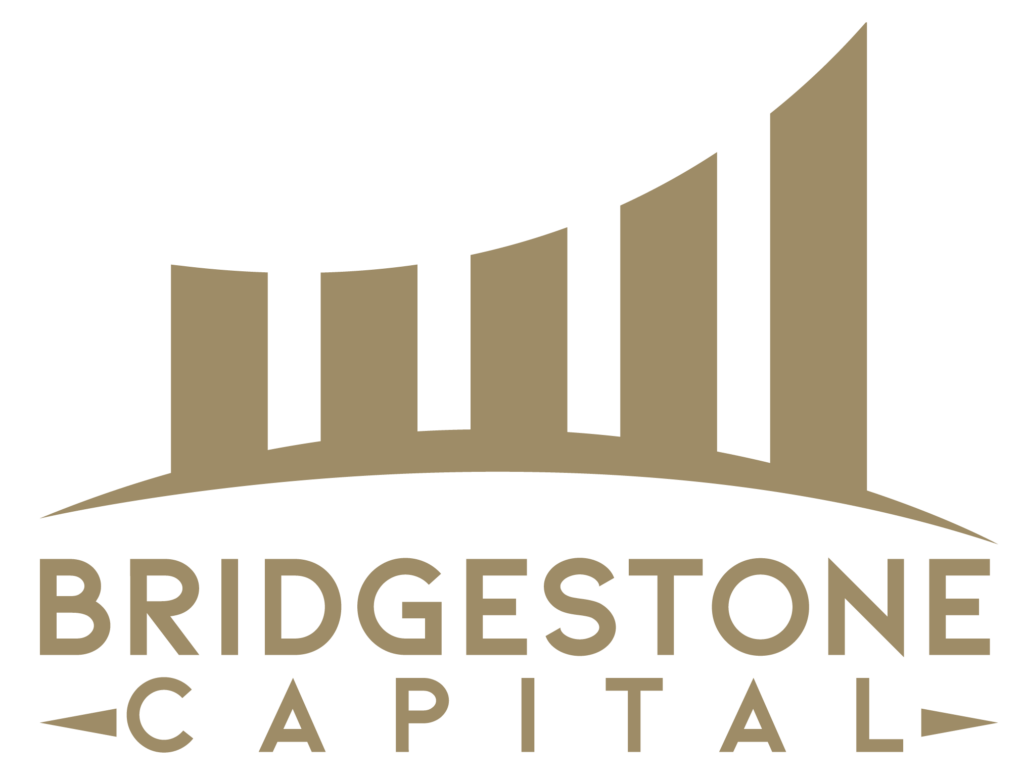Estimated reading time: 10 minutes
This is Part 2 of my 3 part Series
Table of contents
Introduction to Transactional Funding in Real Estate Business
Transactional funding is a vital tool in the arsenal of real estate investors and real estate wholesalers. As a form of short-term loan, it serves as a flexible funding source to facilitate real estate transactions without requiring the investor to use their own money. Whether you’re a seasoned investor or just starting out, understanding the nuances of transactional funding can help you close deals more efficiently and lucratively.
I made some very good funding/lender relationships while wholesaling. After all, we do not use our own money when buying properties, correct? As you will read, and in the previous article about wholesaling, having hard money at our disposal was critical. At any time, I could procure a property in the Texas market in a week’s time, rehab it and sell it or rent it.
However, after working so hard at wholesaling and not seeing any meaningful results, I realized that my lenders were not really working at all but getting some decent returns. So, I contacted my main source and began working on this angle due to the amount of time I could legitimately commit to real estate was limited.
What I found was 2-fold, yes,
- I worked less while my capital worked for me.
- my returns were reduced overall due to the downtime in between rehabbers flips. So, overall, a “12%” hard money loan was really only 8-10% annually.
The Basics of Transactional Funding
At its core, transactional funding is a short-term basis financial arrangement specifically designed to aid back-to-back real estate deals. It is usually facilitated by specialized transactional funding lenders or private lenders and is most commonly used in double closing scenarios.
Unlike traditional lenders and hard money loans, this type of loan doesn’t typically require a credit check or a lengthy loan application process. Instead, the loan amount is usually disbursed by the transactional lenders based solely on the deal’s specifics, such as the purchase price, and not on the borrower’s financial health. As a result, the need for credit reports and lengthy loan programs reviews is often eliminated.

Types of Transactional Funding
In addition to the standard transactional funding, there are variations such as extended transactional funding, which allows for a longer time period for closing the sale, often up to 90 days. Extended transactional funding can be broken down further into 30-day, 60-day, and 90-day transactional funding. Each of these types has its own set of rules, but they all offer a unique advantage: the ability to secure a property without immediate possession, thereby giving the investor more time to find an end buyer.
These types of transactional funding are particularly beneficial when dealing with new construction, short sales, or rental properties. They offer real estate wholesalers the flexibility to secure a property with a down payment or earnest money deposit and then locate a cash buyer or b investor to purchase the property at a higher price.
Funding Requirements
One of the most crucial aspects of transactional funding is the proof of funds letter. This letter essentially confirms that the transactional funders have the available funds to close the deal. Also, the closing agent plays a vital role in coordinating the real estate deals. The transaction funding typically covers the entire purchase price plus closing costs, facilitating true no-money-down transactions.
Transactional funding serves as a bridge, a bridge loan if you will, between the original seller and the end buyer, enabling real estate wholesalers to acquire and resell properties rapidly. By understanding the basics and types of transactional funding, you’re better positioned to navigate the complexities of the real estate business. As we move forward, we’ll delve into real-world examples, the process of obtaining transactional funding, and much more.

Example of Transactional Funding?
Real-World Application of Transactional Funding
While the theory of transactional funding is straightforward, how it plays out in the real world can vary depending on numerous factors like purchase price, loan amount, and closing costs. Let’s look at a practical example to understand the nuances better, particularly how it benefits real estate investors and real estate wholesalers.
A Practical Example
Imagine you are a real estate investor specializing in wholesale real estate deals. You find a motivated original seller willing to sell a property for $200,000. You also find an end buyer, typically a b investor, interested in purchasing that same property for $230,000. Here is where transactional funding comes in.
First, you approach a transactional funding lender, who might also be a private money lender or hard money lenders, and present your purchase contract with the original seller and the proof of funds letter from the end buyer. The lender, impressed with the well-documented end buyer and the deal’s potential, approves a transactional funding loan for the full purchase price of $200,000, often within business days.
Advantages Over Using Own Funds
You might wonder why not use your own funds for the transaction. The reason is that transactional funding, often called flash funding, allows you to complete the deal without dipping into your own reserves. This is especially useful when you need to maintain liquidity for other real estate deals or business days. Unlike traditional lender options, there is often no credit check, and the interest rate is usually reasonable.
The Double Closing
With the loan amount in hand, you proceed to a double closing, coordinated by your closing agent. The A to B transaction between you and the original seller closes first. Immediately after, the B to C transaction between you and the end buyer closes, typically at a higher price. In our example, you sell the property to the end buyer for $230,000, securing a $30,000 profit minus origination fees and closing costs.
This example demonstrates the effectiveness and efficiency of transactional funding, especially when you have a well-documented end buyer and a solid deal in place. It highlights the benefits of using specialized transactional funding programs and lenders over traditional methods or using your own money. As we delve deeper in the following sections, we’ll explore how to use transactional funding in different types of transactions and how to go about getting it for your next deal.

How Do You Use Transactional Funding?
The Basics of Using Transactional Funding
So, you’re a real estate investor or a real estate wholesaler who wants to take advantage of transactional funding. This will boost your real estate transactions. Where do you begin? The first step is understanding the types of properties and deals suitable for this kind of funding. Whether you are dealing with residential properties, commercial properties, rental properties, or even vacant land. The process generally remains the same.
Finding the Right Lender
The marketplace is crowded with transactional lenders, hard money lenders, and private lenders. The best transactional funding sources will provide same-day funding or at most, funding within a few business days. Their loan programs might offer various features, such as no credit check, short-term basis loans, and a competitive interest rate. Conducting research and gathering important information will help you identify the best fit for your needs.
Finding the right Borrower
From a Lender perspective, finding the right borrower is equally as challenging. Once you find a reliable rehabber/wholesaler that you know can pay you back, it is a matter of how frequently there are deals. Even if you are charging 12% interest, capital may sit for 2-4 months in between deals. this lowers overall returns.
Paperwork and Documentation
After securing a purchase contract with the original seller and an end buyer, it’s time to approach your chosen transactional funding lenders. Prepare to submit a loan application and, in most cases, a proof of funds letter from your end buyer. Many lenders also require contact information for all parties involved, as well as your closing agent, to facilitate the closing documents.
Coordinating the Double Close
A double closing, or back-to-back closing, involves both buying from the original seller and selling to the end buyer. Usually in quick succession. Coordination is key. Work closely with your closing agent and title companies to ensure that the A transaction (you and the original seller) and the B transaction (you and the end buyer) are aligned. Make sure available funds from the transactional loan are ready to be wired to the escrow account.
The Role of Proof of Funds
A proof of funds letter is essential when using transactional funding. It gives confidence to both the original seller and transactional funders that the deal will proceed smoothly. It assures them that the end buyer has the necessary available funds to complete the purchase.
Closing the Deal
The closing costs, origination fee, and loan amount will all be settled at the closing table. Usually on a short-term basis. Ensure that your closing agent has all the closing documents, contact information, and funding source details to finalize the transactions.
Understanding how to effectively use transactional funding can offer a significant advantage to real estate investors and wholesalers. This form of funding allows for more liquidity, less reliance on credit reports, and the ability to close deals quickly.

How Do I Get Transactional Funding?
Starting with the Basics
So, you’re a real estate investor or wholesaler convinced that transactional funding is the best way to close your deals. Your next question is likely, “How do I get transactional funding.” The good news is that you’re already on the right track by educating yourself on the benefits of transactional funding.
Search for a Reliable Lender
Your first task is to identify a reliable transactional funding lender. Different loan programs are available from various lenders, including hard money lenders, private money lenders, and specialized transactional funders. The best transactional funding sources offer same-day funding, no credit check, and a straightforward fee structure. Look for great service, fast funding, and testimonials from satisfied real estate investors.
Application Process
The loan application process is typically straightforward. Generally, a loan application, purchase contract, and a proof of funds letter from the end buyer are the minimum requirements. Some lenders ask for additional information like business days you’ve been in the real estate business or a credit report.
Finalizing the Terms
Once your application is approved, you’ll need to finalize your loan terms. This will include the interest rate, origination fee, and loan amount. Ensure that you understand all the terms, including the time period for repayment. If you’re looking into extended transactional funding, confirm the maximum duration for the loan amount to be paid back.
From Application to Funding
After finalizing the terms, your lender will release the transactional funds. Usually, these funds are wired directly to the escrow account held by the closing agent. All involved parties, including title companies, will need to coordinate to ensure that same-day back-to-back transactions occur seamlessly.
Last Thing: Stay Organized!
The last thing you want is for something to go wrong at the last minute. Ensure that your closing agent has all the necessary closing documents, and verify your end buyer’s funding source is secure. Staying well-organized will save you much stress and potentially much money in the long run.
Transactional funding offers real estate investors and wholesalers an exciting opportunity to close deals efficiently. This unique short-term loan option minimizes risk and maximizes the potential for profit. By understanding how to leverage this powerful financial tool in your real estate business.
If you want weekly insights on achieving financial independence while working your W2 subscribe!
[divi_switch_layout id=”1311″]
If you would like more information about passive income ideas please contact me at jeff.davis@bridgestoneinvest.com. We have syndications going on throughout the year.

Always consult with a financial advisor, CPA, or CFP to make sure your financial plans align with your goals, risk tolerance and financial situation.
–
